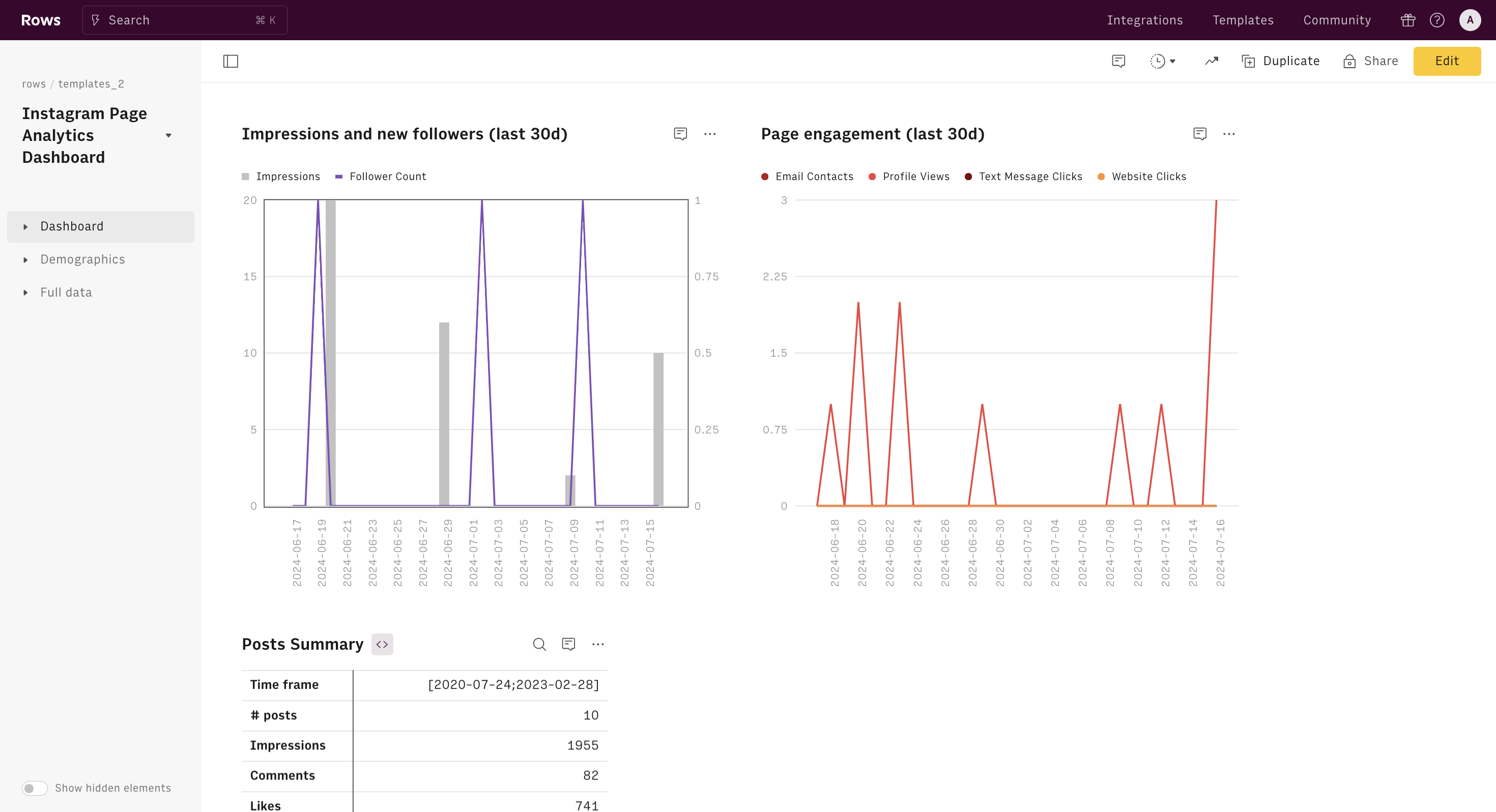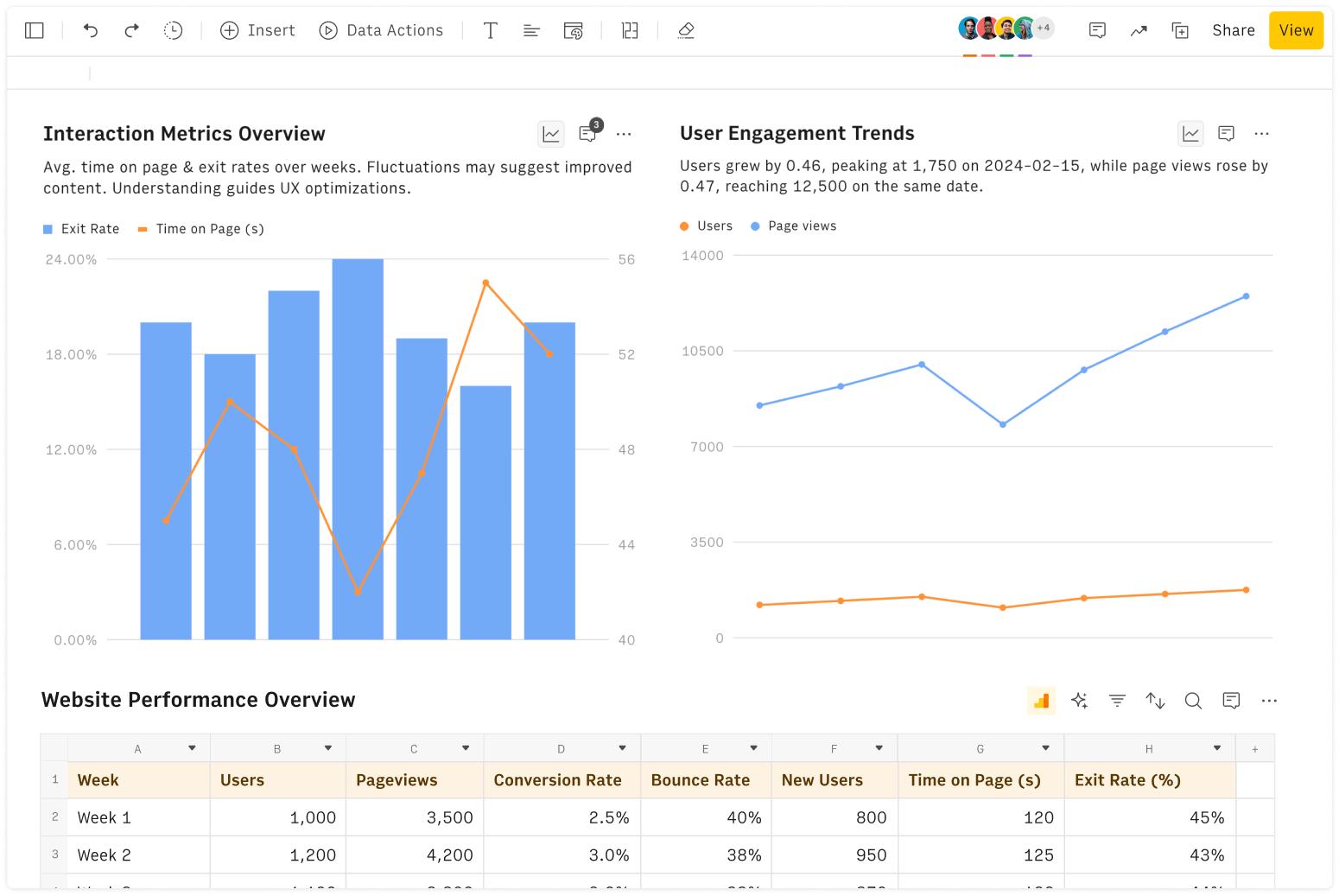What is a Five-Number Summary Calculator
In the world overloaded by data, grasp one dataset's distribution quickly is crucial. Our Five-Number Summary Calculator helps you gain instant insights into your data's spread and central tendency.
The five-number summary is a powerful statistical concept that provides a comprehensive overview of your data through five key points:
Minimum value
First quartile (Q1)
Median (second quartile, Q2)
Third quartile (Q3)
Maximum value
By calculating these values, our tool offers you a snapshot of your data's distribution, helping you identify patterns, outliers, and trends at a glance.
How to use our calculator
Using our Five-Number Summary Calculator is straightforward:
Input your data (comma-separated values)
Receive instant results
This information allows you to quickly assess your data's spread, symmetry, and potential outliers, saving you time and enhancing your analytical capabilities.
5 number summary example
For the series 1,21,37,4,69, the calculator returns the following metrics:
Minimum | 1 |
First quartile (Q1) | 4 |
Median (Q2) | 21 |
Third quartile (Q3) | 37 |
Maximum | 69 |
From Raw Data to Actionable Insights
The five-number summary serves as a foundation for various analytical techniques:
Quick Data Overview: Understand your dataset's characteristics rapidly
Outlier Detection: Easily identify unusual values that may require further investigation
Dataset Comparison: Efficiently compare multiple datasets using these key statistics
Box Plot Creation: Use these numbers as the basis for creating informative box-and-whisker plots
Whether you're analyzing sales figures, experimental results, student performance, or any other numerical dataset, our calculator provides the insights you need to make informed decisions.
While the Five-Number Summary offers a robust overview, you might sometimes need more detailed insights. For those occasions, you can use our Percentile Calculator to find specific percentiles within your data, or our Quartile Calculator for a focused look at your data's quarters.
Practical use cases
Our Five-Number Summary Calculator finds applications across various domains:
Business: Analyze sales data, customer metrics, or financial performance indicators
Science: Summarize experimental results or measurement data sets
Education: Teach statistical concepts or analyze student performance across different parameters
Sports: Evaluate player statistics or team performance metrics over a season
By providing quick, accurate summaries, our tool enables professionals in all fields to make data-driven decisions with confidence.
FAQs
How to compute 5 number summary?
Sort your data in ascending order
Find the minimum (smallest value) and maximum (largest value)
Calculate the median (middle value if odd number of data points, average of two middle values if even)
Find Q1 (median of lower half of data)
Find Q3 (median of upper half of data)
Our calculator automates this process for you.
How to find first quartile?
Our calculator outputs the first quartile as the second metric automatically: all you need to do is to input your numerical series comma-separated.
What is the five-number summary for the data 0 2 2 4 5 5 5 5 7 11?
Using our calculator, the five-number summary for this dataset is:
Minimum: 0
Q1: 2
Median: 5
Q3: 5
Maximum: 11
How to calculate 5 number summary in Excel?
Enter your data in a column
Use these formulas:
Minimum: =MIN(range)
Q1: =QUARTILE.INC(range,1)
Median: =MEDIAN(range)
Q3: =QUARTILE.INC(range,3)
Maximum: =MAX(range)
Our calculator provides these results instantly, without the need for manual formula input.
What's the difference between Q1 and the 25th percentile?
In most cases, Q1 and the 25th percentile are the same. However, some methods of calculation can lead to slight differences. Our calculator uses a consistent method across all statistics.
Can I use this for non-numerical data?
No, the five-number summary is designed for numerical data only. For categorical data, consider using frequency distributions or mode instead.







